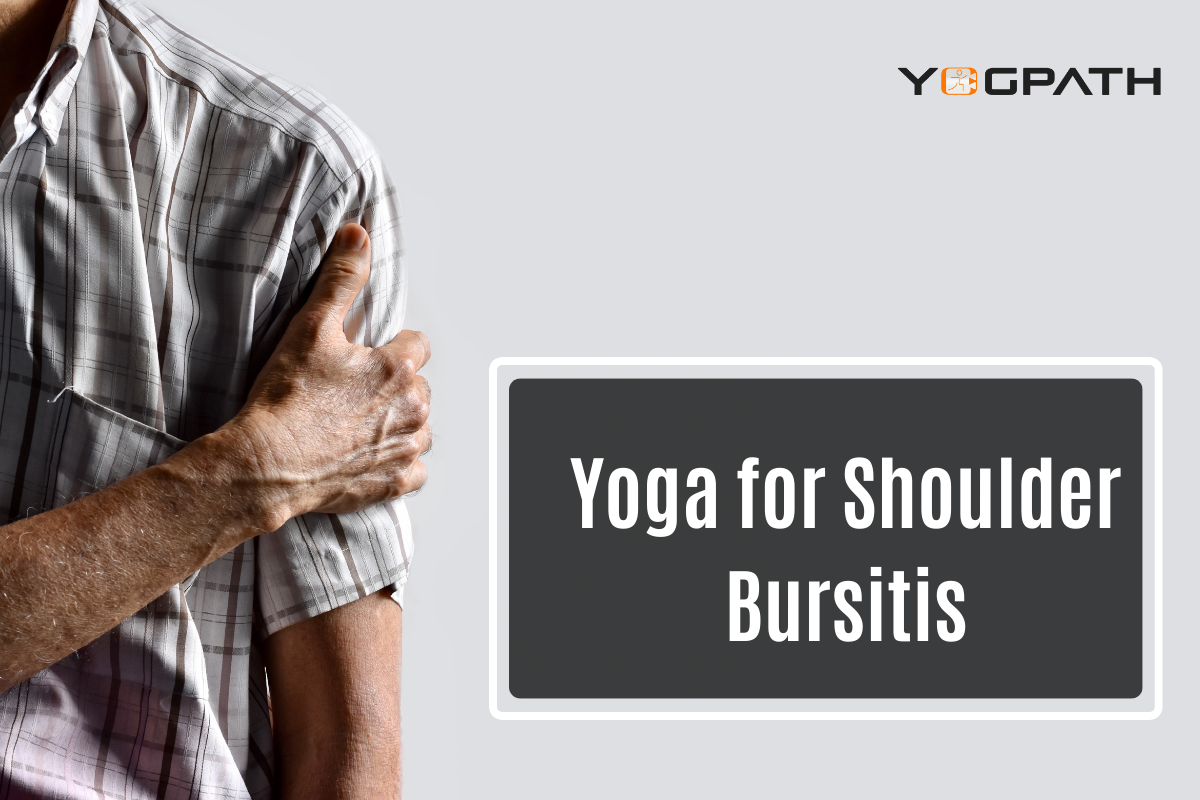
What is Bursitis?
The painful swelling of a tiny, fluid-filled sac called a bursa is known as bursitis. Whereas without these sacs, bone would normally rub against muscle, tendons, or skin. Bursae reduce friction, rubbing, and inflammation by cushioning these areas. Overuse or excessive pressure can irritate a bursa, resulting in bursitis. An irritated bursa can cause discomfort that is either abrupt or develops gradually.
There are more than 150 bursae in your body, but the joints you use frequently or where you exert a lot of pressure, such as your shoulder, elbow, hip, or knee, are where you’re most likely to get bursitis.
Aetiology
Bursitis usually affect individuals over the age of 40. It’s typically brought on by applying pressure to the same spot repeatedly or overusing a joint. Activities such as gardening, raking, woodworking, shovelling, painting, scrubbing, tennis, golf, skiing, and throwing are examples of high-risk activities. Additionally, a flare-up can also occur if you spend a lot of time in positions that impose pressure on a region of your body, such kneeling. Bursitis can occasionally be brought on by an unexpected injury or infection.
Symptoms
The most typical sign of bursitis is pain. If you have calcium deposits in the area, it may develop gradually or suddenly and severely. Even if there is no discomfort, you might have a restricted range of motion when you flex or extend the joint.
Your joint might additionally be stiff, swollen and red. You could also observe pain, particularly when moving and only a small range of motion.
- Consult your doctor if any of the following apply to you:
- Incapable joint pain
- Unable to move a joint suddenly.
- Excessive redness, swelling, bruising, or rash in the area of concern.
- Sharp or shooting pain, especially after exertion or physical activity.
- Redness, warmth, fever, and chills.
Treatment
As bursitis is frequently brought on by inflammation, resting your shoulder thoroughly can frequently assist lessen discomfort.
- Raise your shoulder.
- It may be possible to lessen your symptoms by avoiding activities that you are aware of likely to make them worse. Frequently, this is a task associated with a job or a regular hobby.
- NSAIDs, or nonsteroidal anti-inflammatory medicines, are particularly useful for lowering inflammation. Ibuprofen (Advil, Motrin), naproxen sodium (Aleve), and acetaminophen (Tylenol) are a few of these that can aid with pain management.
- Place an ice pack on the injured region.
Yoga Stretches
Child’s Pose
A deep overhead shoulder stretch can be achieved by getting down on your hands and knees and using your own body weight as resistance. You can also stretch on your back while holding a cane if this particular stretch isn’t comfortable for you.
Get down on your hands and knees in a quadruped stance to begin.
Verify that your knees are directly beneath your hips.
As you extend your hands further out on the floor, begin to shift your butt toward your heels.
When you feel a powerful stretch or your upper arms are parallel to your ears, keep shifting (whichever comes first)
Hold the stretch for at least 30 seconds for two or three sets.
Posterior Stretch
Bring your arm across your body while seated or standing and place your hand on the back of the shoulder on the other side.
To intensify the stretch and feel it over the back of your shoulder, press with the other hand on the elbow.
For 15 to 30 seconds, maintain this posture. Do this 2 to 4 times.
Apply the stretch on the other side.
Behind the Back Stretch
Shoulder bursitis can cause the shoulder to become extremely tight and lose its ability to internally rotate. Stretching the shoulder in this direction can be challenging, though, as it can also result in pinching. It’s crucial to begin slowly and complete this stretch while maintaining an upright posture.
The back of your hand should rest on the top of your buttocks as you bring your affected arm behind your back.
This stretch might already be sufficient; if so, just hold; otherwise, go on to the next several steps.
Grab the hand that is currently resting behind your back with your opposite hand, which should now be the one that is closest to your back.
Now, slowly pull your arms over your back with your opposite hand.
Move forward and hold the position until you feel a comfortable stretch at the front of the shoulder.
for 2-3 sets of 30+ second holds.
Shoulder Blade Squeeze
Sit or stand with your arms by your sides. Imagine bringing your shoulder blades together as you pull your shoulder back. To experience a bigger stretch for the front of the shoulders, keep your shoulders down while performing the exercise.
For six seconds, maintain this posture.
The exercise should be done six to eight times.
Shoulder blade range of motion
Hold the pose for 5 seconds while raising your shoulders as if to shrug. Reduce your shoulders.
To feel a stretch across the top of your shoulders, lower your shoulders. For five seconds, maintain this posture.
5 circles of shoulder rotation in a backward direction. Stop, turn the shoulders forward, and repeat.











